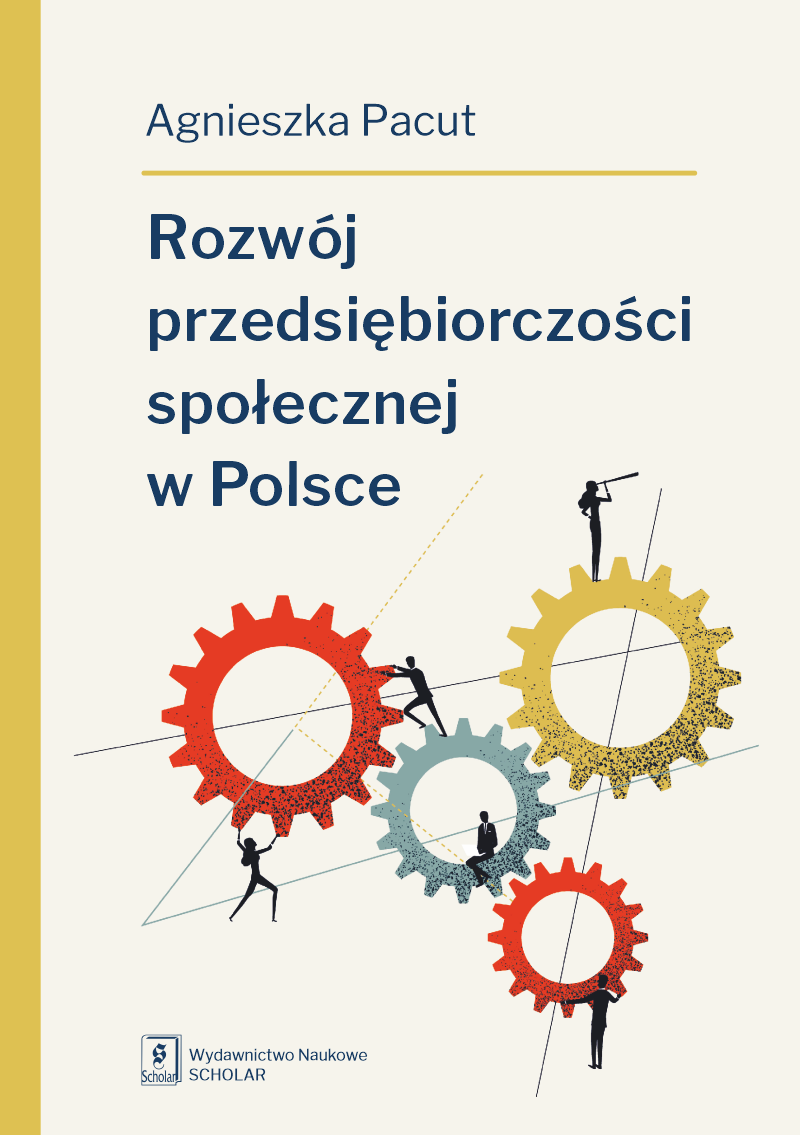
Hybrid Dynamic and Fuzzy Models of Morality
Mortality is generally considered relatively easy to forecast, particularly when the forecasting horizon is short. In longer periods however, its course may be affected by various changes brought about by all kinds of disturbances and events, A case in point is the health crisis in Poland of the 1970s and 1980s [Okólski 2003], In such cases, it is of key importance that appropriate assumptions and an adequate model are selected. Mortality forecasting is usually supported by extrapolative models, making use of the regularity found in age patterns and trends of death rates or probabilities over time. There are several reasons why one should learn more about mortality models. Forecasting of mortality has a wide range of applications outside the field of statistics and mathematics. It is of fundamental importance in such areas as funding of public or private pensions and life insurance. Annuity providers and policy makers use mortality projections to determine appropriate pension benefits, to assess retirement income or life insurance products, to hold additional reserving capital or to manage the long term demographic risk. Thus, one of the important question arises: What is the best way to forecast future mortality rates and to model the uncertainty of such forecasts? A key input to address this question is the development of advanced mortality modeling methodology. These notes are an attempt to capture the stochastic nature of mortality by approaching the subject of mortality modeling and forecasting from a new theoretical point of view, using theory of stochastic differential equations, theory of fuzzy numbers and complex numbers. The book is addressed to tertiary students, doctoral students and specialists in the fields of demography, life insurance, statistics and economics. This research project was funded by the National Science Center pursuant to its decision no. 2015/17/B/HS4/00927.
More...


















